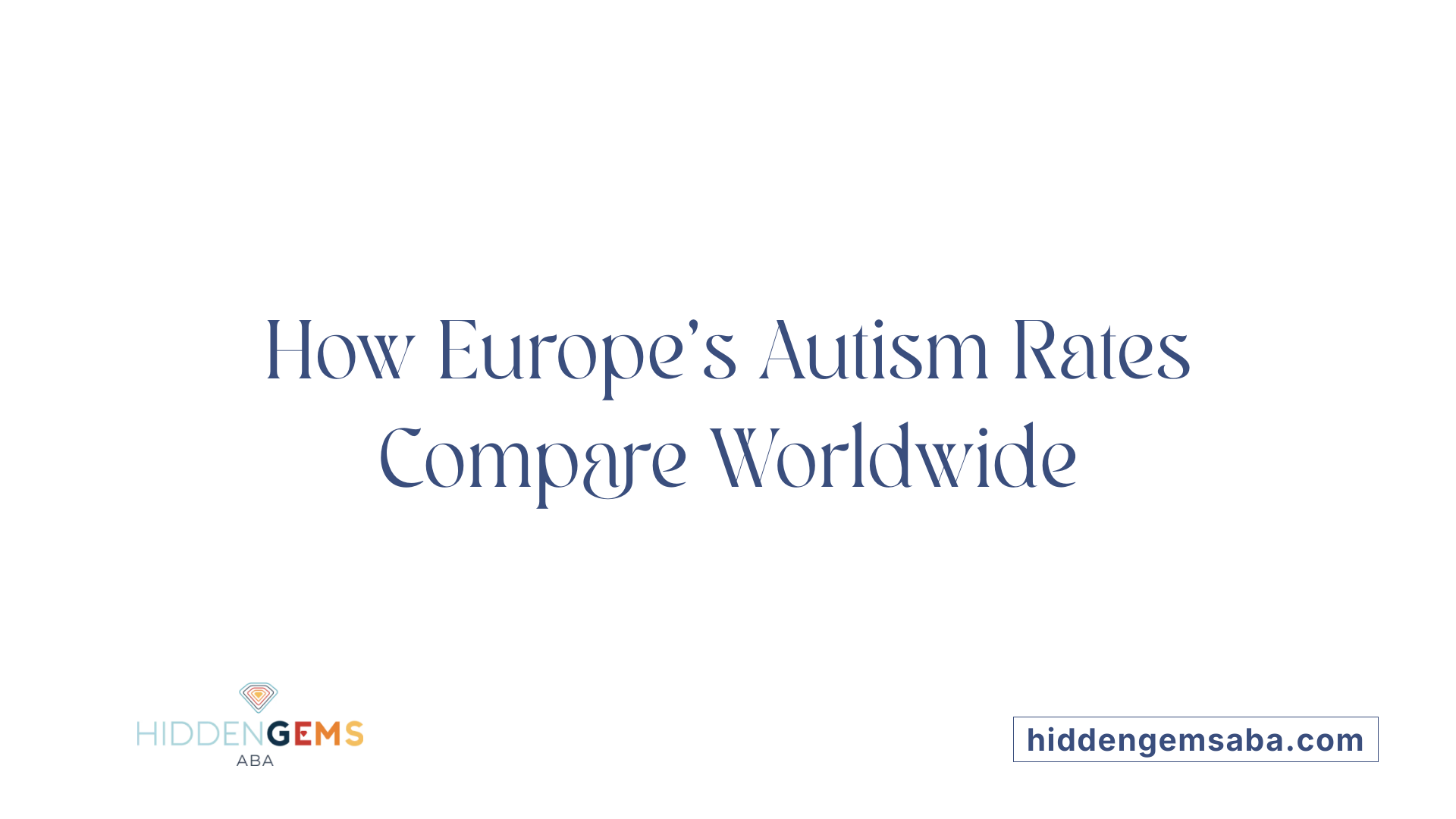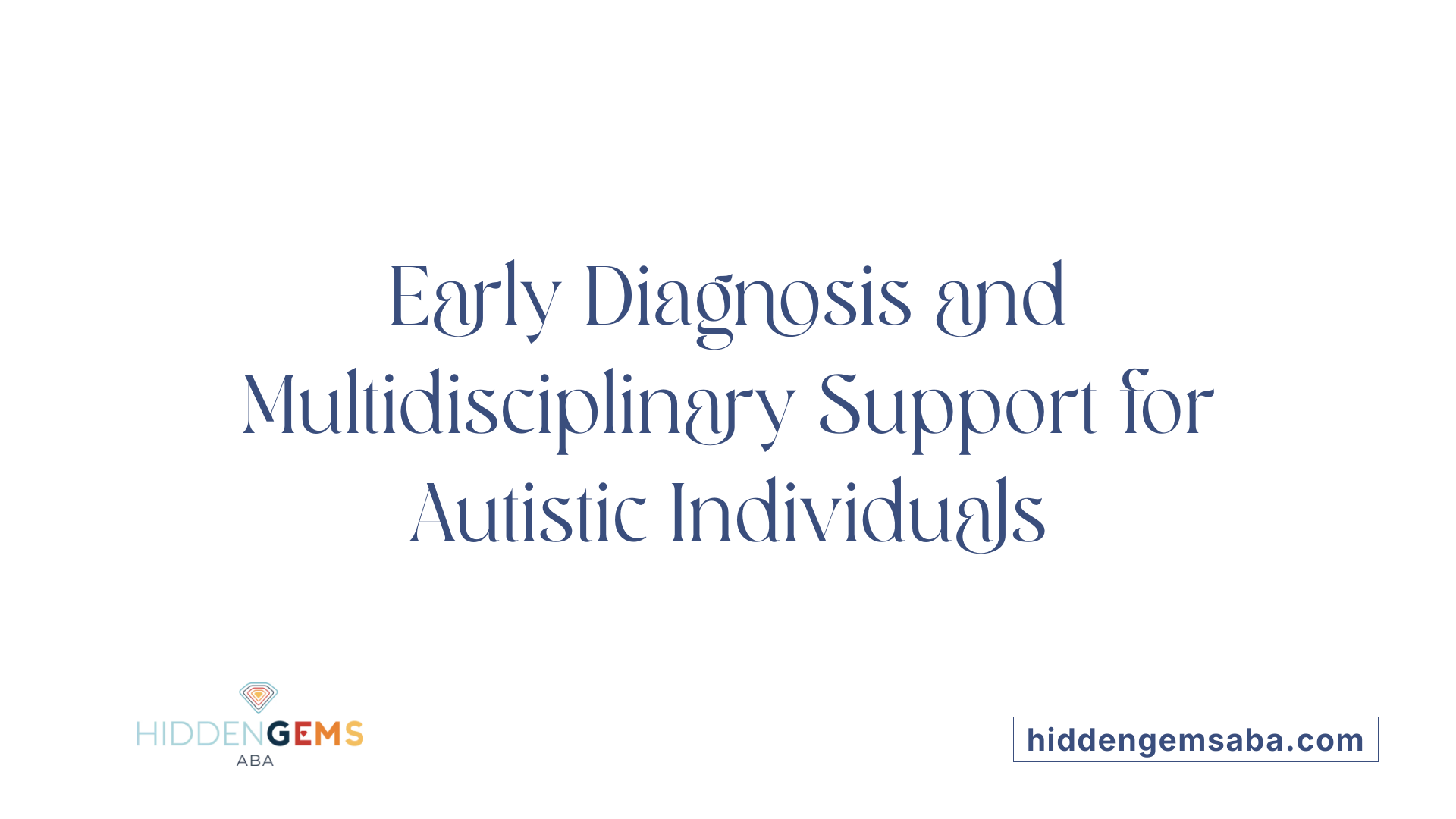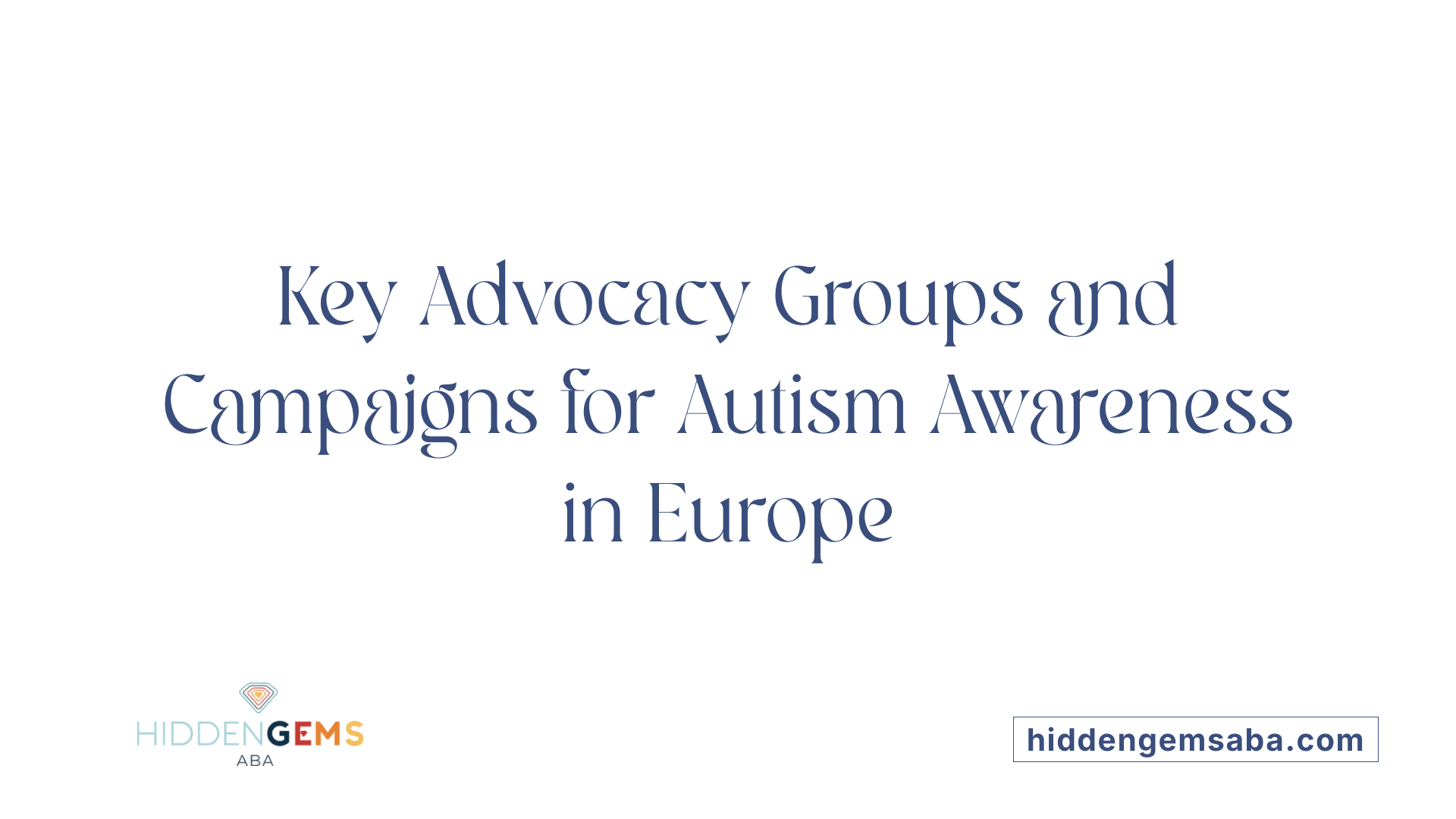Understanding Autism in the European Context
Autism spectrum disorder (ASD) is a complex neurodevelopmental condition affecting approximately 1 in 100 children worldwide, with varying prevalence across European countries. In recent decades, increased awareness, refined diagnostic criteria, and societal shifts have contributed to the rising reported cases of autism across Europe. This article explores the landscape of autism in Europe—from prevalence and diagnosis to advocacy efforts and upcoming initiatives—highlighting the collective strides made towards inclusion, support, and equal rights for autistic individuals.
Prevalence and Epidemiology of Autism in Europe

What are the autism prevalence rates across European countries?
Autism spectrum disorder (ASD) affects approximately 1-2% of school-age children in Europe, with recent estimates indicating an overall prevalence of around 0.73%. Countries like Sweden and Denmark report higher rates, around 0.9%, while others such as Italy and Romania have lower reported figures. These differences often stem from varied diagnostic practices, levels of awareness, and research methodologies.
Some European regions, particularly Nordic countries with high awareness and advanced health services, tend to report higher autism prevalence. For example, the UK has reported rates as high as 1 in 57 children. Conversely, in countries with limited diagnostic resources or cultural stigmas, such as parts of Eastern and Southern Europe, autism may be under-reported.
What factors influence the variation in autism prevalence in Europe?
Several factors cause the differences in autism prevalence across Europe. These include:
- Diagnostic criteria: Some countries use the ICD-11, which has stricter standards, while others rely on DSM-5, influencing diagnosis rates.
- Awareness and education: Increased knowledge about autism leads to more diagnoses.
- Research methodologies: Variations in study designs can affect prevalence figures.
- Reporting practices: Better record-keeping results in higher reported rates.
- Cultural perceptions and stigma: Societal attitudes can influence whether autism is diagnosed and reported.
Environmental factors might also contribute, but more research is needed to clarify their role. Overall, these elements explain why ASD rates fluctuate between European nations.
How does autism prevalence in Europe compare to other parts of the world?
Globally, autism affects about 1 in 100 children, a figure consistent with European estimates. The United States reports an even higher prevalence, approximately 1 in 36 children. While some European countries have rates comparable to the US, variations in diagnostic standards and awareness levels account for discrepancies.
In summary, autism prevalence in Europe is not universally higher or lower but varies due to diagnostic differences, awareness levels, and reporting practices. Ongoing efforts aim to harmonize data collection and improve understanding across the continent.
Diagnosis, Treatment, and Support Services in Europe

How does Europe approach autism diagnosis, treatment, and support services?
Across Europe, there is a strong emphasis on early diagnosis and comprehensive support for autistic individuals. Many countries have developed national autism strategies to improve early screening processes, allowing healthcare providers to identify autism spectrum disorder (ASD) usually around preschool age. These strategies incorporate standardized diagnostic tools to ensure consistency and accuracy.
Once diagnosed, treatment options typically involve multidisciplinary approaches. Behavioral therapies, such as Applied Behavior Analysis (ABA), are common, along with tailored educational programs and community-based interventions aimed at promoting social skills and communication. Europe's healthcare systems often coordinate these services to provide a holistic support network.
Support for families and caregivers is also a priority. Many countries offer guidance, respite care, and access to specialized programs that help families navigate the journey from diagnosis to integration. These services aim to enhance quality of life, reduce stress for caregivers, and foster social inclusion for autistic individuals.
Overall, Europe's approach centers on early detection and coordinated, personalized support. This strategy seeks to improve developmental outcomes and enable autistic people to participate fully in society. Countries continue to refine these services, advocating for policy harmonization and increased access across the continent.
Policies, Legislation, and Advocacy for Autism in Europe

What policies and legislation support autism in Europe?
Across Europe, a variety of policies and laws aim to support autistic individuals and promote a more inclusive society. Many countries have developed specific autism strategies that focus on early detection, tailored support, and inclusive education. The European Union has played a significant role by ratifying international frameworks like the UN Convention on the Rights of Persons with Disabilities (UNCRPD), which guides reforms toward deinstitutionalization and increased inclusion.
Recent initiatives such as the European Disability Strategy 2010-2020 and several resolutions by the European Parliament underscore the importance of consistent policies across member states. These efforts emphasize harmonizing rights and improving access to services. However, disparities still exist in diagnosis, support availability, and employment opportunities among different countries.
Some nations, including the UK, France, and Spain, have developed national autism strategies that address early diagnosis, support services, and education reforms. Despite progress, calls for a dedicated EU-wide autism strategy continue, highlighting the need for mutual recognition of disability statuses to ensure equal access to support across the bloc.
What are some key advocacy organizations and campaigns in Europe?
Autism-Europe stands out as the most prominent advocacy organization, representing nearly 90 associations across 38 countries. It works tirelessly to improve lives through advocacy, raising awareness, and influencing policy at the European level.
Other influential groups include the European Disability Forum, which campaigns for the rights of all disabled Europeans, and ENIL, advocating for independent living and community-based support.
International organizations like the European Union Agency for Fundamental Rights provide vital research data that helps in policymaking, especially regarding deinstitutionalization.
Non-European organizations such as Lumos focus on ending institutional care for children globally, aligning with broader community inclusion goals.
Additionally, networks like the European Coalition for Community Living and the European Expert Group on the Transition from Institutional to Community-based Care promote social inclusion and accessible support systems.
These organizations and campaigns collectively strive to create a more accepting, inclusive environment where autistic individuals can thrive.
| Organization/Campaign | Focus Area | Notable Contributions |
|---|---|---|
| Autism-Europe | Advocacy, awareness, policy influence | Represents numerous associations, promotes rights and inclusion |
| European Disability Forum | Rights of disabled Europeans | Campaigns for legislation and social inclusion |
| ENIL | Independent living | Advocates for community-based support systems |
| European Union Agency for Fundamental Rights | Research and data collection | Supports deinstitutionalization efforts |
| Lumos | Ending institutional care for children | Global campaign aligned with community support initiatives |
| European Coalition for Community Living | Social inclusion | Promotes policies for integration and accessible support systems |
This collective effort by organizations across Europe underscores a shared commitment to advancing rights and fostering inclusive societies for autistic individuals.
Research, Awareness, and Upcoming Events in Europe
Are there ongoing research and scientific studies on autism in Europe?
Europe is at the forefront of autism research, with numerous projects dedicated to understanding and improving the lives of autistic individuals. Initiatives like EU-AIMS, LEAP, and AIMS-2-TRIALS are conducting extensive clinical studies to develop better diagnostic tools and explore new treatment options. These efforts are complemented by organizations such as Autism-Europe, which actively advocate for increased research, awareness, and policy changes across 38 European countries. European universities and research centers are also analyzing service provision, access to care, and social policies. Recent studies reveal disparities in diagnosis and intervention accessibility, prompting calls for an EU-wide autism strategy. The continent’s scientific engagement spans clinical research, social inclusion, educational support, and policy development, reflecting a robust commitment to advancing knowledge in autism spectrum disorder.
What recent campaigns and upcoming conferences are notable in Europe?
Europe has been active in autism awareness campaigns, with organizations like Autism Europe leading the charge. One of the prominent recent initiatives is the 2024 ‘Not Invisible’ campaign for World Autism Awareness Day, aimed at increasing visibility and acceptance of autistic individuals. These campaigns promote themes such as inclusion, respect, and fighting discrimination, with annual themes evolving from 2014 through 2024. They help foster a more understanding and accepting society. Looking ahead, the 14th Autism-Europe International Congress will take place in Dublin from September 11th to 13th, 2025. Organized by Ireland’s Autism Charity, AsIAm, this event will gather researchers, practitioners, autistic individuals, family members, and advocates in a forum focused on “Quality of Life – Research, Policy and Practice.” The congress will feature a variety of presentations, exhibitions, and poster sessions aimed at sharing progress and promoting inclusivity across Europe. This gathering promises to be a significant step towards strengthening collaborations and knowledge exchange focused on autism advocacy.
Driving Toward Inclusion and Equal Rights
While significant progress has been made in understanding, diagnosing, and advocating for autistic individuals in Europe, challenges remain in harmonizing policies, reducing delays in diagnosis and intervention, and breaking down societal stigmas. The collective efforts of organizations like Autism-Europe and emerging research underscore a continent committed to fostering inclusive environments. With upcoming conferences like the Dublin Congress and ongoing campaigns, Europe continues to strive towards a future where autistic individuals can live with dignity, support, and full societal participation.

.jpg)




